More than 8,000 cameras on the streets of NYC are used by police to find suspects
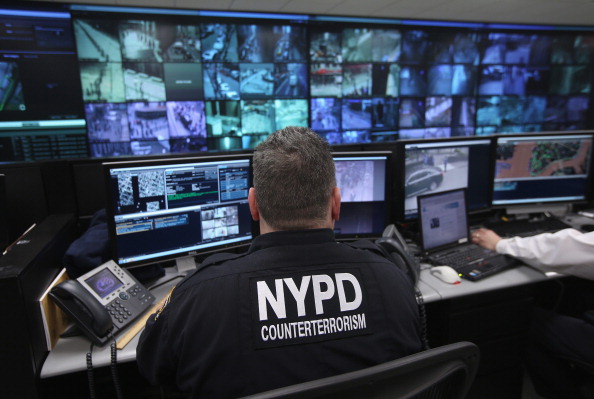

When it came time to identify a suspect in Saturday night's explosion in the Chelsea neighborhood of Manhattan, investigators turned to several of the 8,000 cameras that constantly record what's happening across New York City.
After the Sept. 11 attacks, surveillance cameras were added in lower Manhattan, inspired by the "Ring of Steel" in London's financial district, developed in the 1990s. Over time, the security initiative has grown to include more than 8,000 cameras across several neighborhoods, focusing on streets, subways, train and bus stations, tunnels, and bridges. "That's the world we're living in now," New York City Police Commissioner James O'Neill said during a press conference Monday. "Any street, any incident in New York City you get to — most of the time — that gets captured on video surveillance." It's possible new technology could be added soon; former New York City Police Commissioner William Bratton said Monday the NYPD is looking at "street light technology, where you could put literally in every street light a camera system."
To glean information from the cameras, the feeds are all sent to the Lower Manhattan Security Coordination Center and monitored by officers. They aren't just focusing on the cameras, NBC News reports — the officers are also keeping an eye on biological, chemical, and radiation sensors, as well as sensors that are able to detect gunfire. All of the data from the cameras and detectors is put into the map-based Domain Awareness System, launched in 2012 to analyze the information and give law enforcement an overview of potential threats. Officers spotted Ahmad Khan Rahami on several cameras Saturday, including one near 23rd Street, where a bomb exploded, and using that image, license plate readers at an undisclosed location, and a fingerprint on an explosive device, investigators named Rahami a suspect. After a shootout with officers, Rahami was apprehended on Monday morning in New Jersey.
The Week
Escape your echo chamber. Get the facts behind the news, plus analysis from multiple perspectives.

Sign up for The Week's Free Newsletters
From our morning news briefing to a weekly Good News Newsletter, get the best of The Week delivered directly to your inbox.
From our morning news briefing to a weekly Good News Newsletter, get the best of The Week delivered directly to your inbox.
A free daily email with the biggest news stories of the day – and the best features from TheWeek.com
Catherine Garcia has worked as a senior writer at The Week since 2014. Her writing and reporting have appeared in Entertainment Weekly, The New York Times, Wirecutter, NBC News and "The Book of Jezebel," among others. She's a graduate of the University of Redlands and the Columbia University Graduate School of Journalism.
-
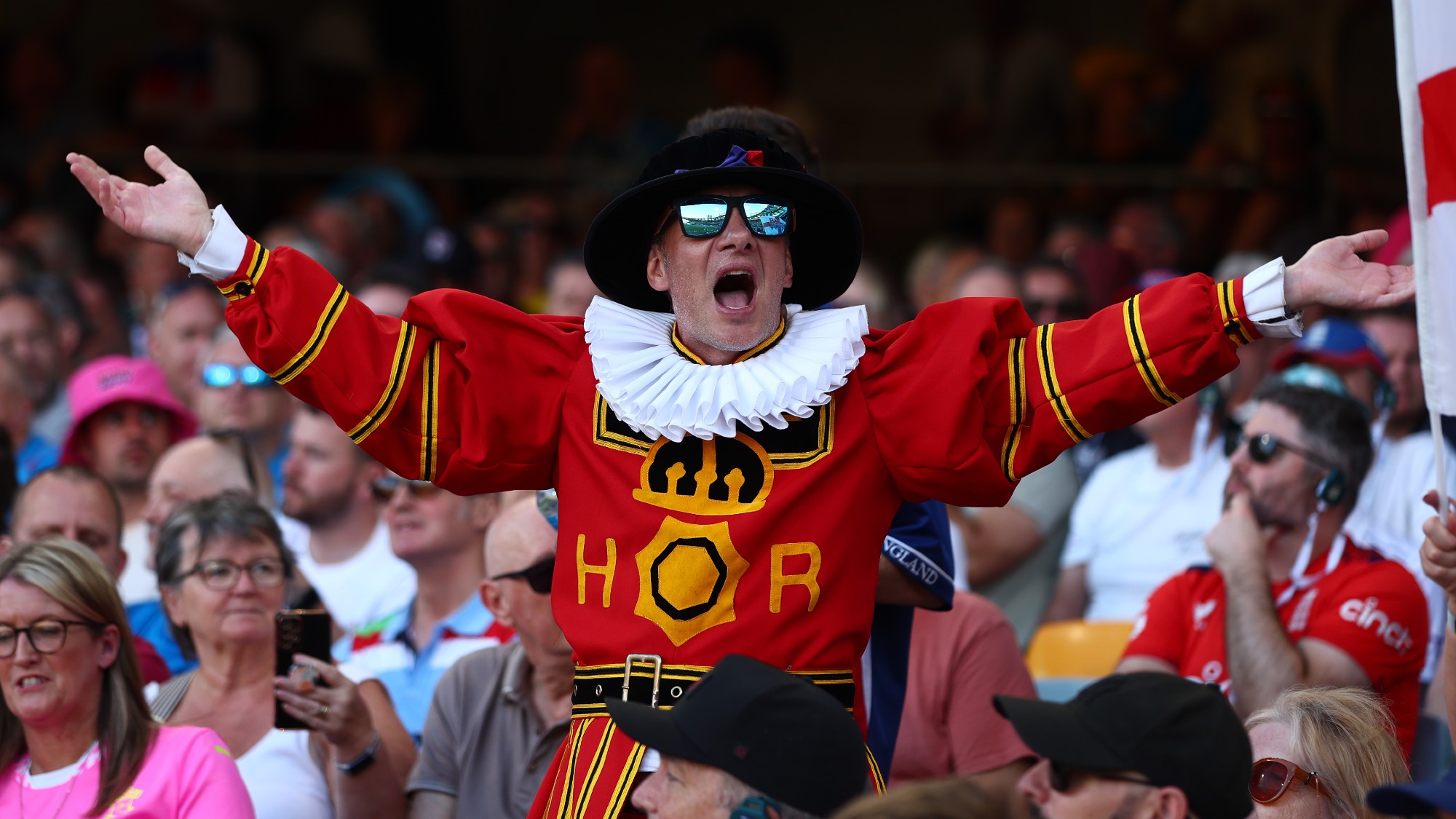 Quiz of The Week: 29 November – 5 December
Quiz of The Week: 29 November – 5 DecemberQuiz Have you been paying attention to The Week’s news?
-
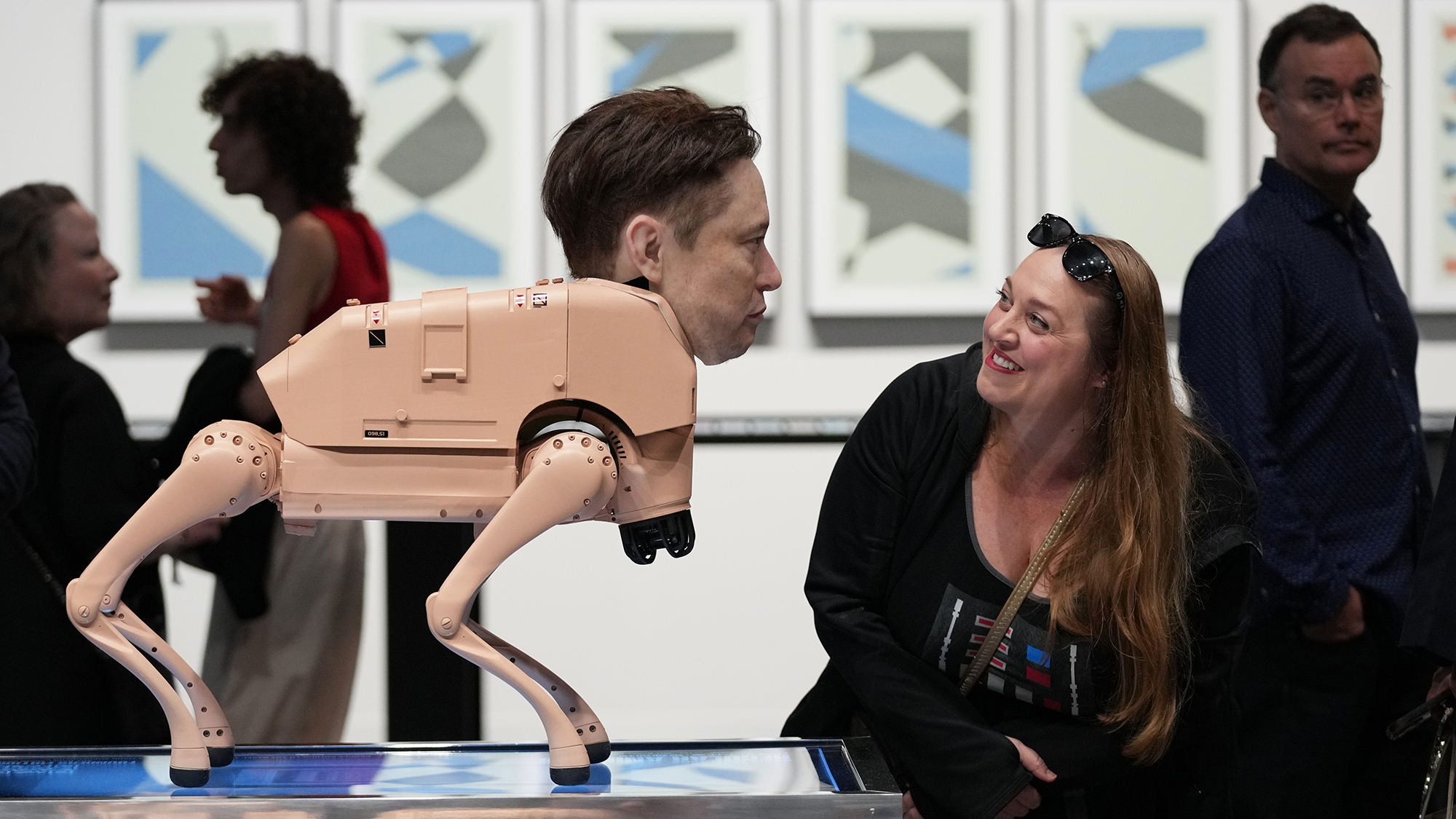 The week’s best photos
The week’s best photosIn Pictures A drive in the desert, prayers with pigeons, and more
-
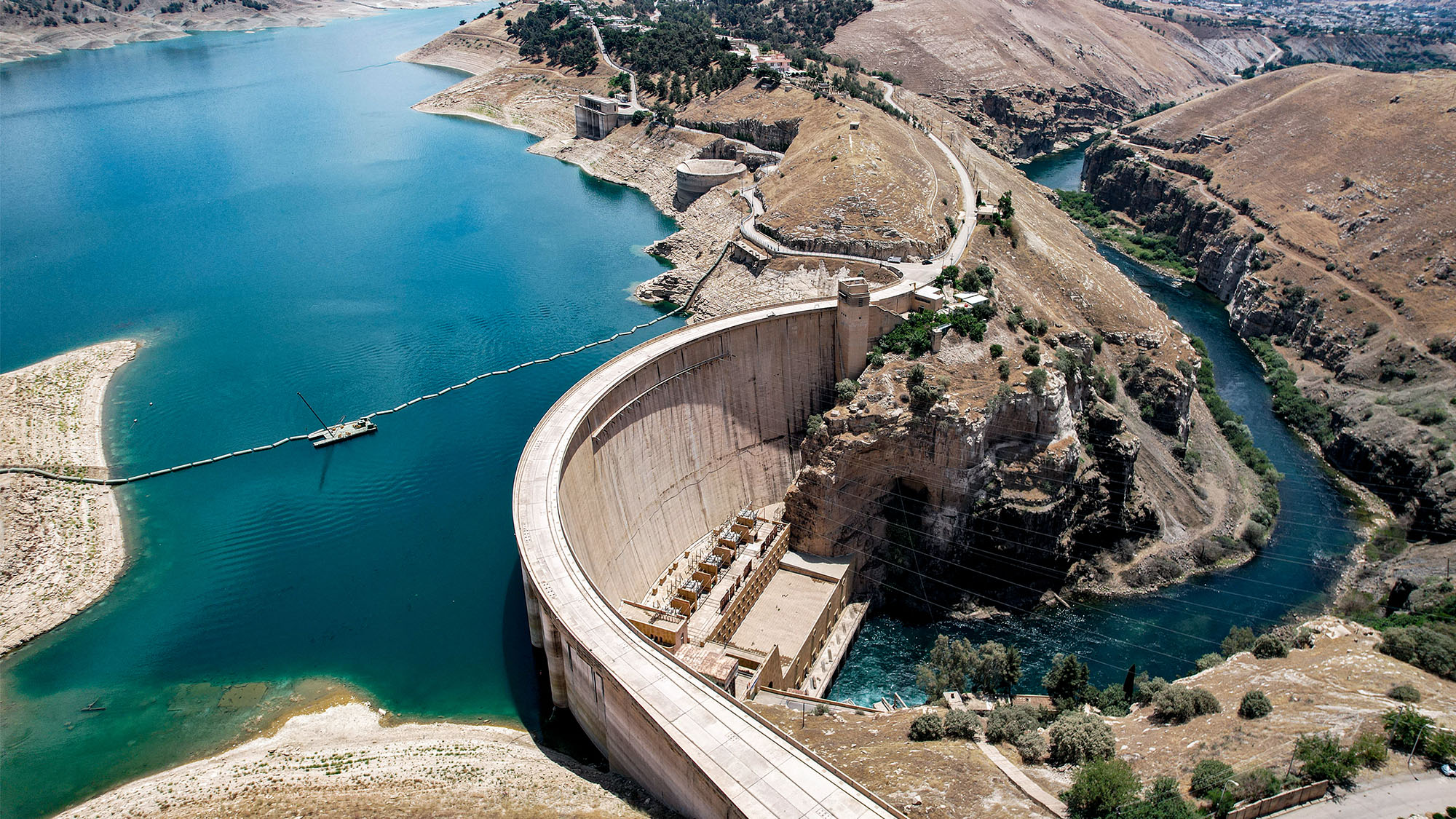 The Week Unwrapped: Will drought fuel global violence?
The Week Unwrapped: Will drought fuel global violence?Podcast Plus why did Trump pardon a drug-trafficking president? And are romantic comedies in terminal decline?
-
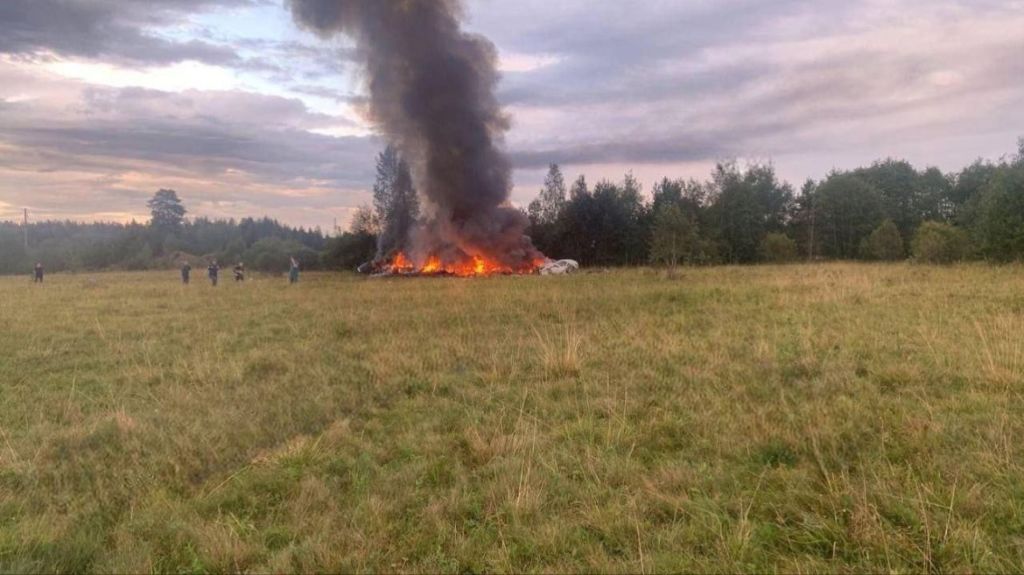 Nobody seems surprised Wagner's Prigozhin died under suspicious circumstances
Nobody seems surprised Wagner's Prigozhin died under suspicious circumstancesSpeed Read
-
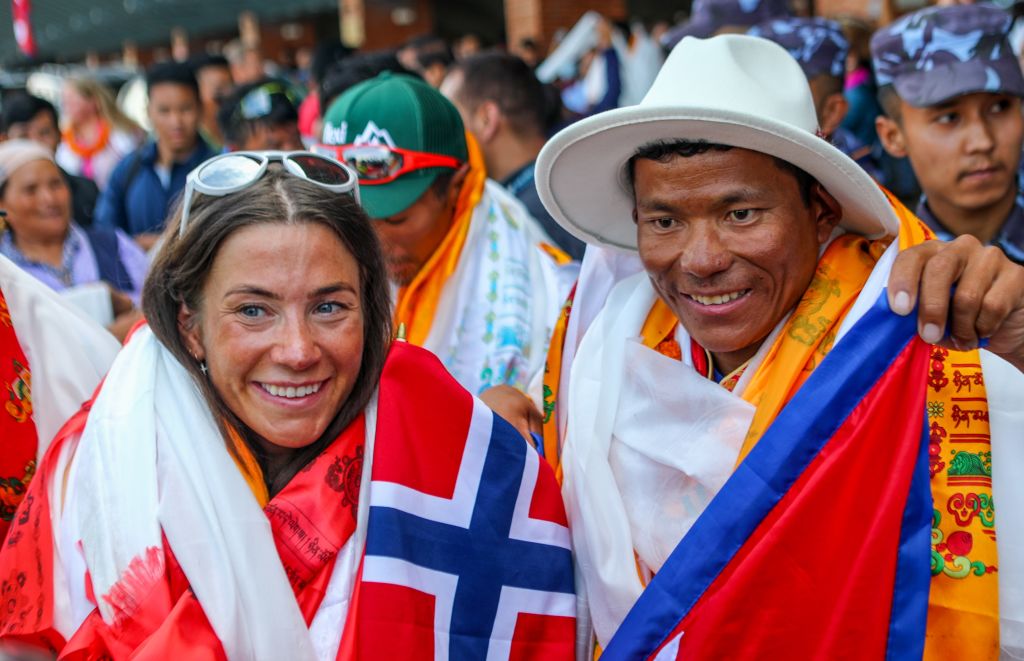 Western mountain climbers allegedly left Pakistani porter to die on K2
Western mountain climbers allegedly left Pakistani porter to die on K2Speed Read
-
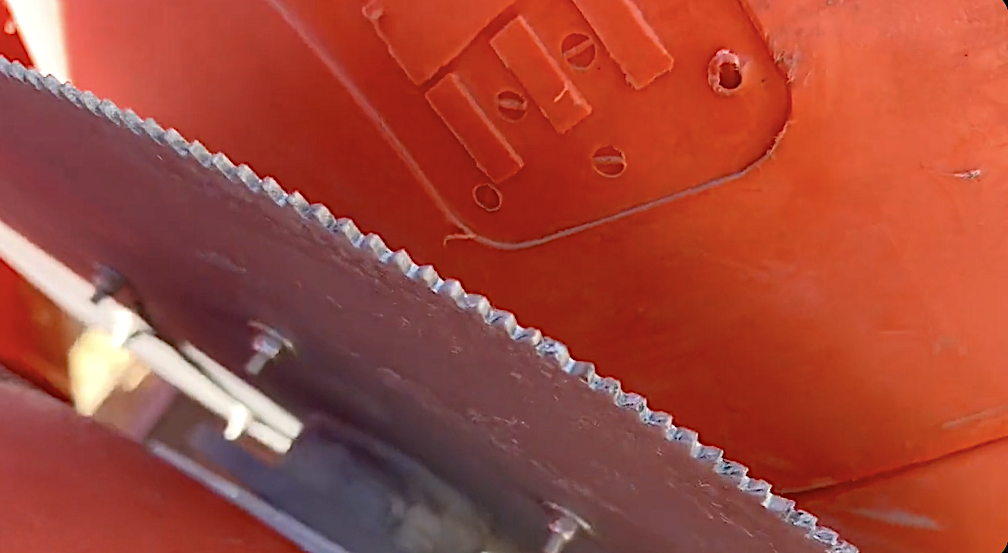 'Circular saw blades' divide controversial Rio Grande buoys installed by Texas governor
'Circular saw blades' divide controversial Rio Grande buoys installed by Texas governorSpeed Read
-
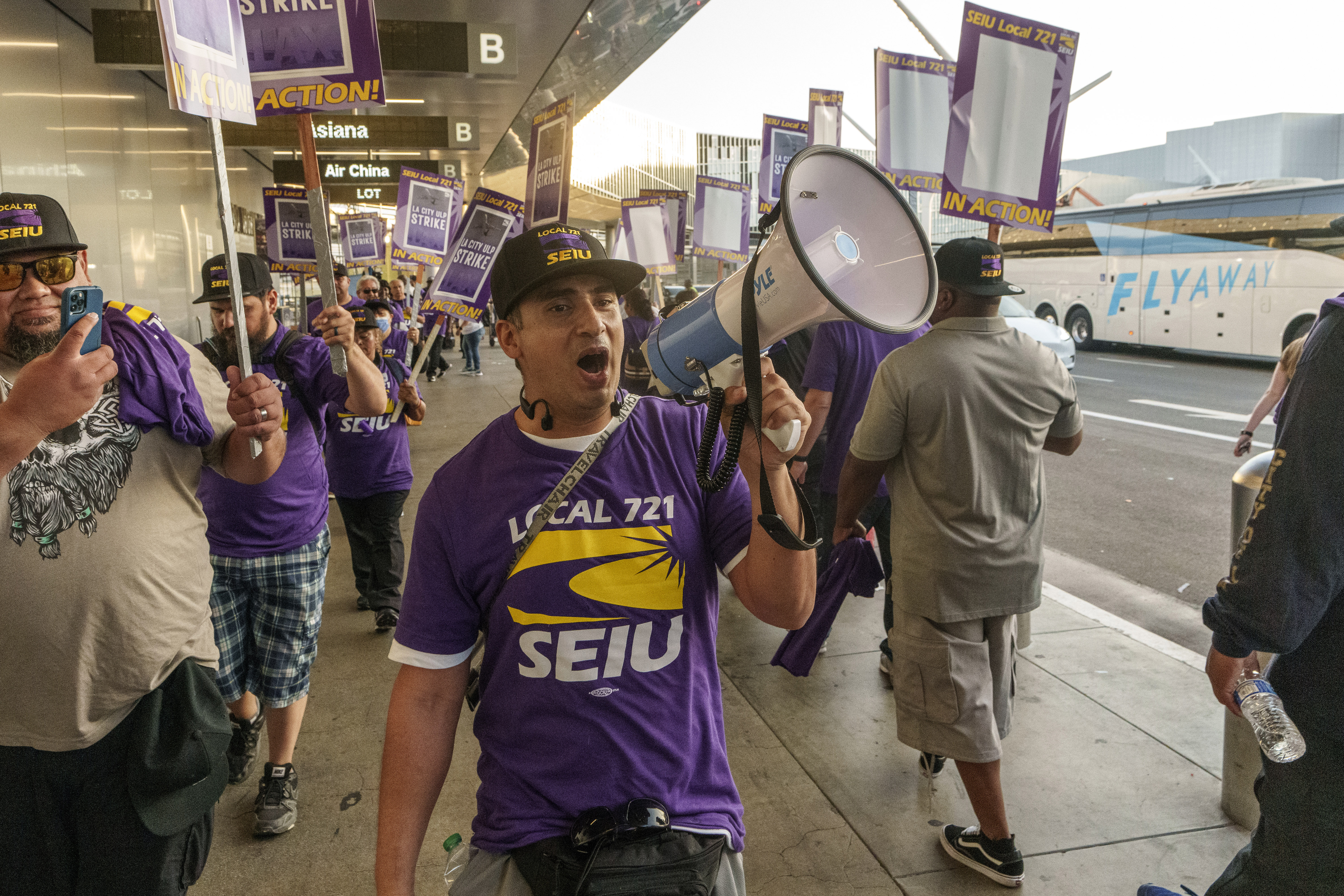 Los Angeles city workers stage 1-day walkout over labor conditions
Los Angeles city workers stage 1-day walkout over labor conditionsSpeed Read
-
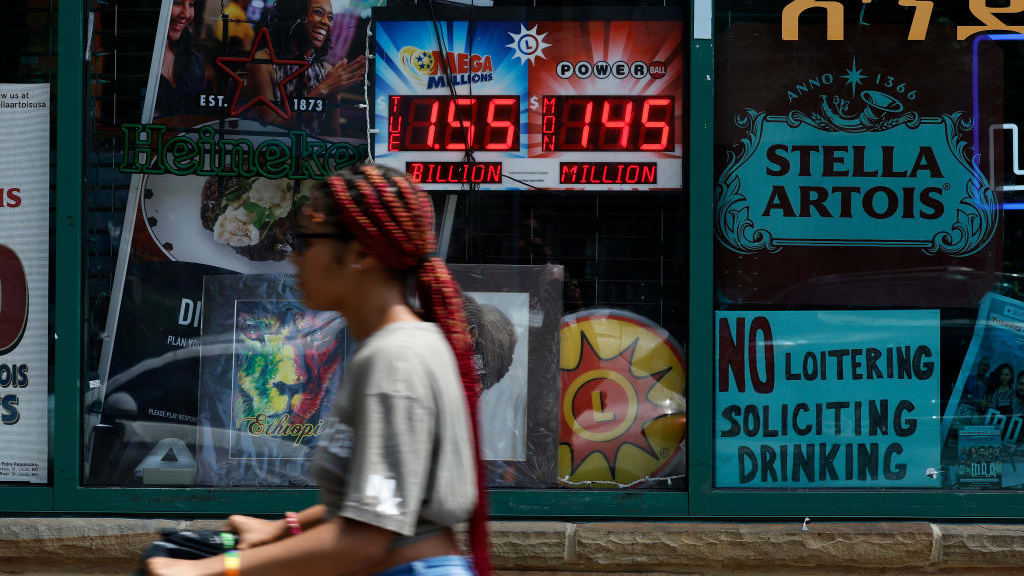 Mega Millions jackpot climbs to an estimated $1.55 billion
Mega Millions jackpot climbs to an estimated $1.55 billionSpeed Read
-
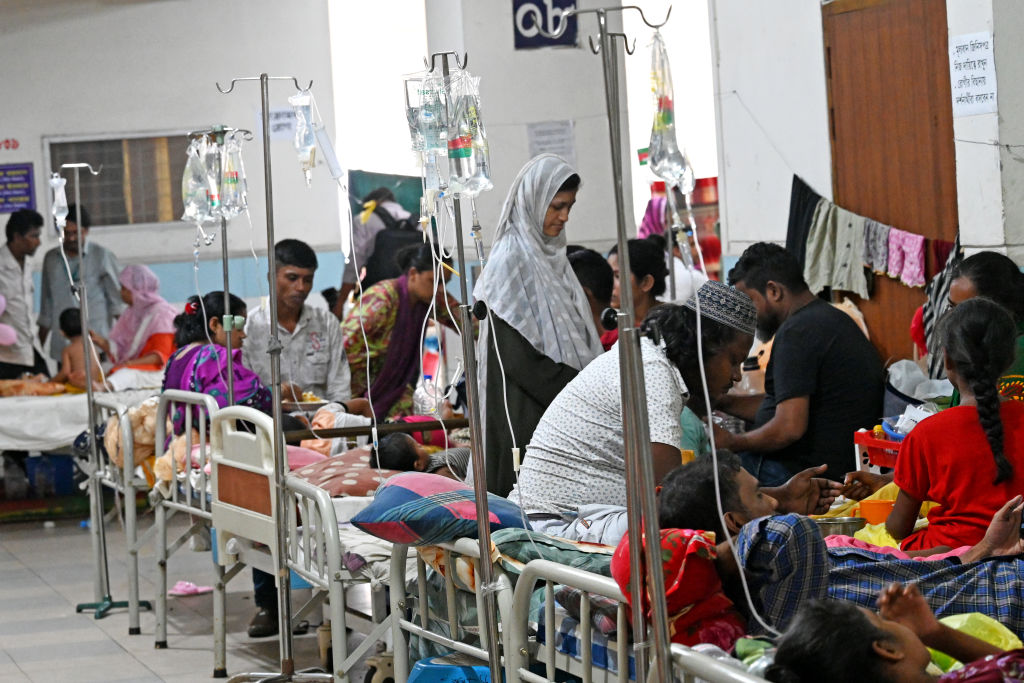 Bangladesh dealing with worst dengue fever outbreak on record
Bangladesh dealing with worst dengue fever outbreak on recordSpeed Read
-
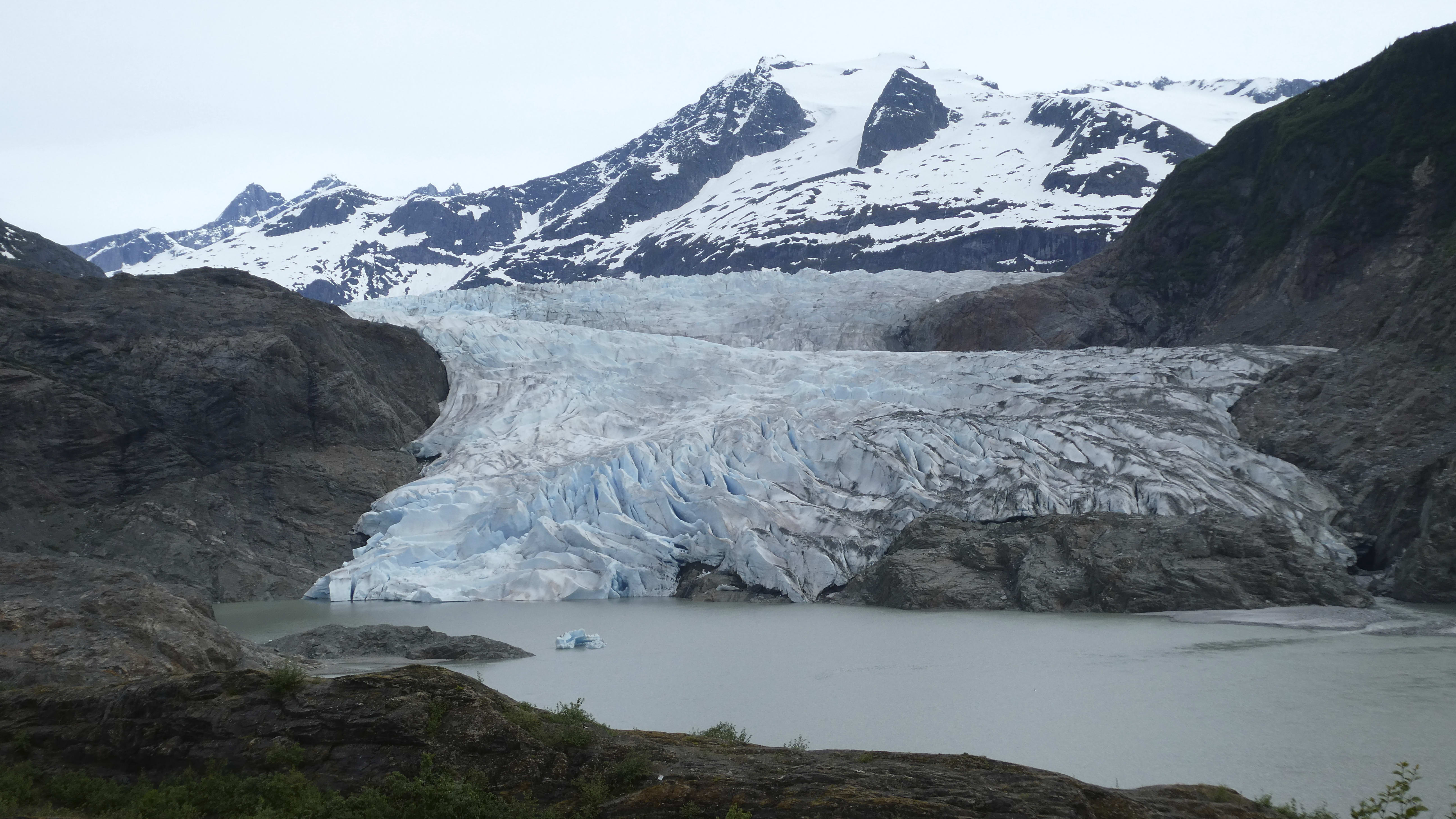 Glacial outburst flooding in Juneau destroys homes
Glacial outburst flooding in Juneau destroys homesSpeed Read
-
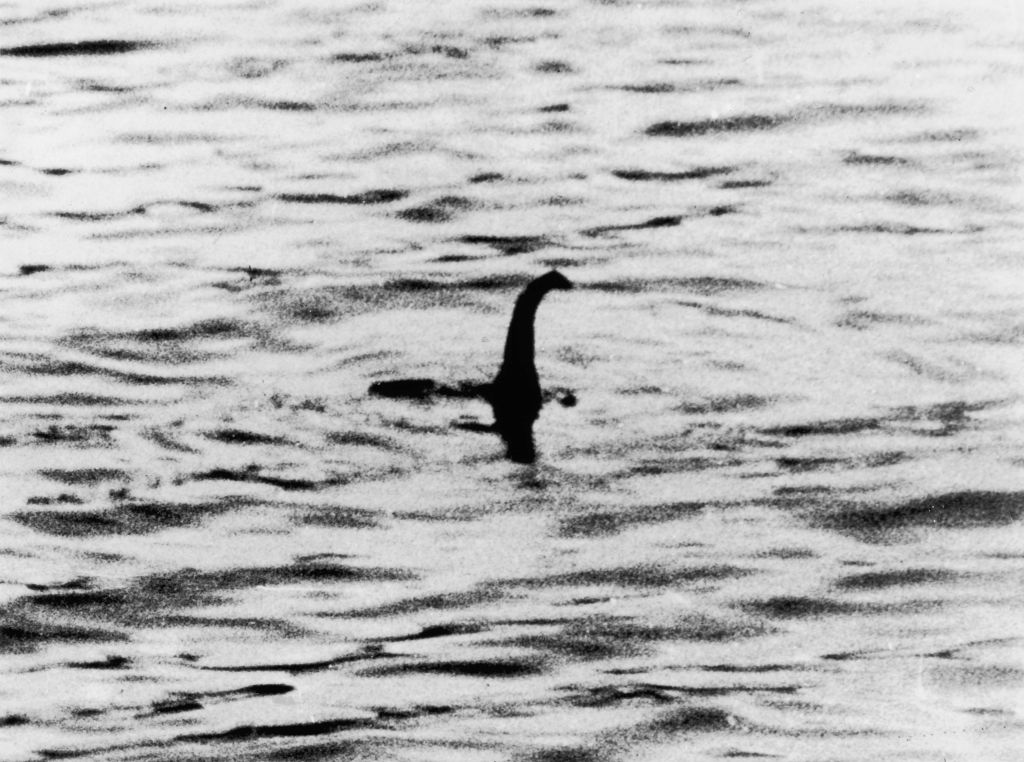 Scotland seeking 'monster hunters' to search for fabled Loch Ness creature
Scotland seeking 'monster hunters' to search for fabled Loch Ness creatureSpeed Read
